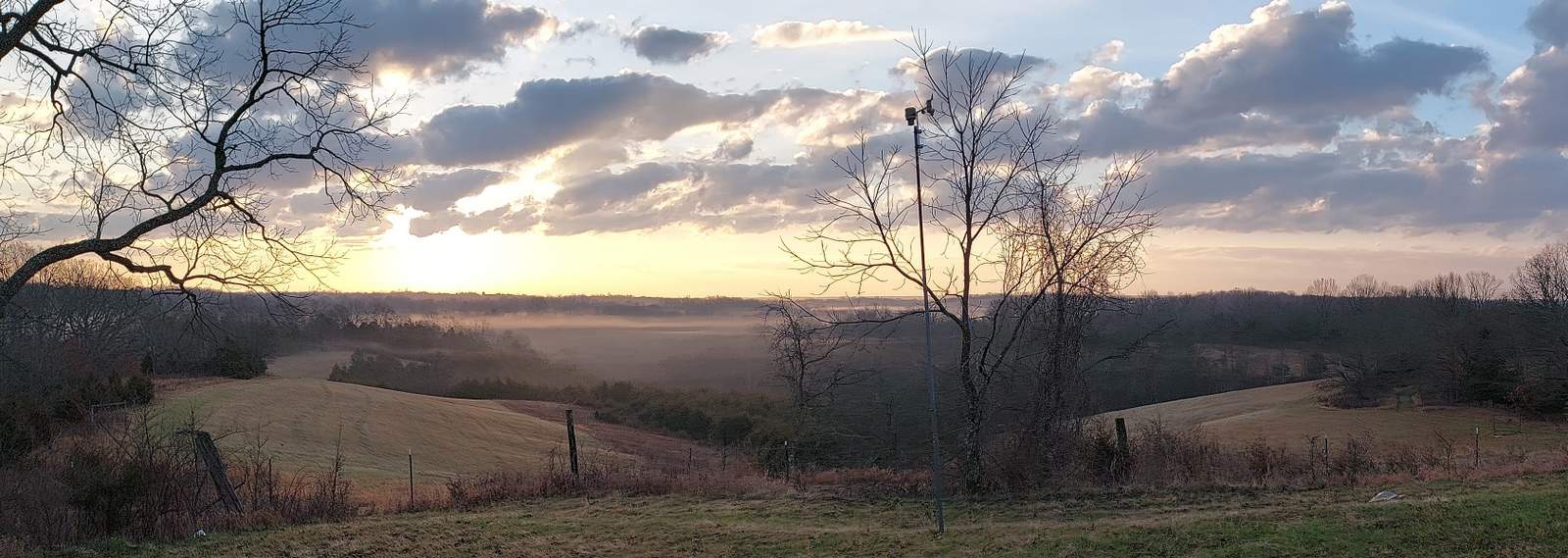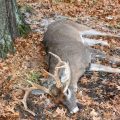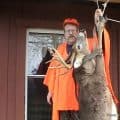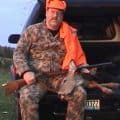Blood Trails, etc.
KevinDK asks: How do I make sure I get a blood trail?
The higher you hit a deer, the longer it takes to have a blood trail. Basically, you’re putting a hole into a bucket and waiting for something to slosh out. If there are two holes, that’s better than one. If one is high and one low, even better.
If you have a layer of fat, sometimes this can block the hole, and the there won’t be a lot of blood. I shot one this year, shot low, had optimal entry and exit wounds, pulped the lungs and removed the top of the heart and the booger didn’t leave blood in the first fifty yards. Luckily he only went a few yards further.
I have given up trying to brain out blood trails, bullet expansion, penetration, pole-axing, etc. I know there is more at work after a bullet touches hide than anyone currently grasps. My plan is simple:
1) I pick a decent rig with a reasonable amount of overkill– a 300 Savage up to a 30-06 out of a treestand is plenty.
2) I use quality cup-and-core bullets (Hornady Interlock, Remington Core-lokt, etc.)
3) I shoot for the boiler room. I try to involve both lungs and the heart.
4) I shoot once and then try to shoot again, and again, and again, until the deer goes down or I stop having good shooting opportunities. Usually the deer runs away or goes down after the first shot, but I keep myself prepared for the follow-ons.
5) I talk to God a lot– before and after the shot.
This post has already been read 436 times!
Views: 0








Comments
Blood Trails, etc. — No Comments
HTML tags allowed in your comment: <a href="" title=""> <abbr title=""> <acronym title=""> <b> <blockquote cite=""> <cite> <code> <del datetime=""> <em> <i> <q cite=""> <s> <strike> <strong>